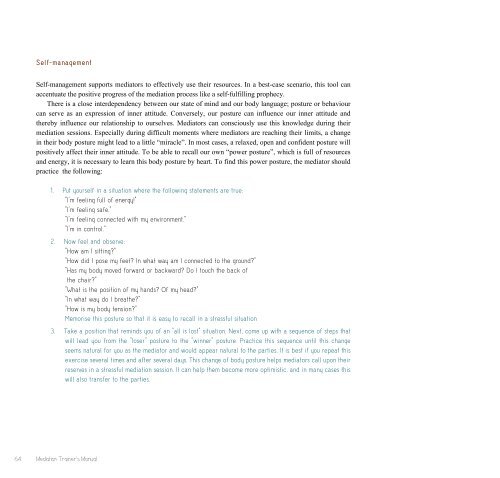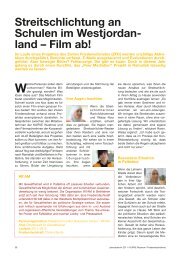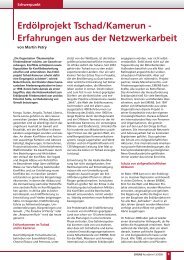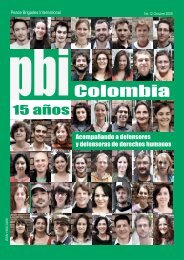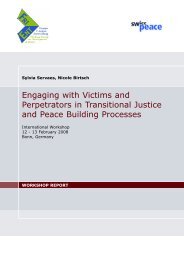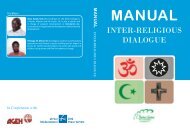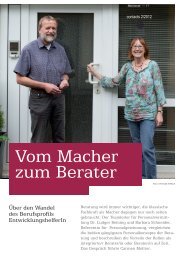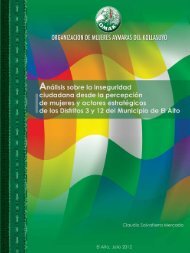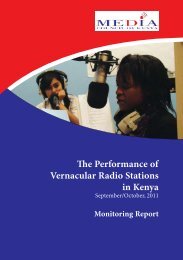Merging Ethiopian Wise-Counsel Mediation and Facilitative ...
Merging Ethiopian Wise-Counsel Mediation and Facilitative ...
Merging Ethiopian Wise-Counsel Mediation and Facilitative ...
- No tags were found...
Create successful ePaper yourself
Turn your PDF publications into a flip-book with our unique Google optimized e-Paper software.
Self-managementSelf-management supports mediators to effectively use their resources. In a best-case scenario, this tool canaccentuate the positive progress of the mediation process like a self-fulfilling prophecy.There is a close interdependency between our state of mind <strong>and</strong> our body language; posture or behaviourcan serve as an expression of inner attitude. Conversely, our posture can influence our inner attitude <strong>and</strong>thereby influence our relationship to ourselves. Mediators can consciously use this knowledge during theirmediation sessions. Especially during difficult moments where mediators are reaching their limits, a changein their body posture might lead to a little “miracle”. In most cases, a relaxed, open <strong>and</strong> confident posture willpositively affect their inner attitude. To be able to recall our own “power posture”, which is full of resources<strong>and</strong> energy, it is necessary to learn this body posture by heart. To find this power posture, the mediator shouldpractice the following:1. Put yourself in a situation where the following statements are true:"I'm feeling full of energy!""I'm feeling safe.""I'm feeling connected with my environment.""I'm in control."2. Now feel <strong>and</strong> observe:"How am I sitting?""How did I pose my feet? In what way am I connected to the ground?""Has my body moved forward or backward? Do I touch the back ofthe chair?""What is the position of my h<strong>and</strong>s? Of my head?""In what way do I breathe?""How is my body tension?"Memorise this posture so that it is easy to recall in a stressful situation3. Take a position that reminds you of an "all is lost" situation. Next, come up with a sequence of steps thatwill lead you from the "loser" posture to the "winner" posture. Practice this sequence until this changeseems natural for you as the mediator <strong>and</strong> would appear natural to the parties. It is best if you repeat thisexercise several times <strong>and</strong> after several days. This change of body posture helps mediators call upon theirreserves in a stressful mediation session. It can help them become more optimistic, <strong>and</strong> in many cases thiswill also transfer to the parties.64 <strong>Mediation</strong> Trainer’s Manual


